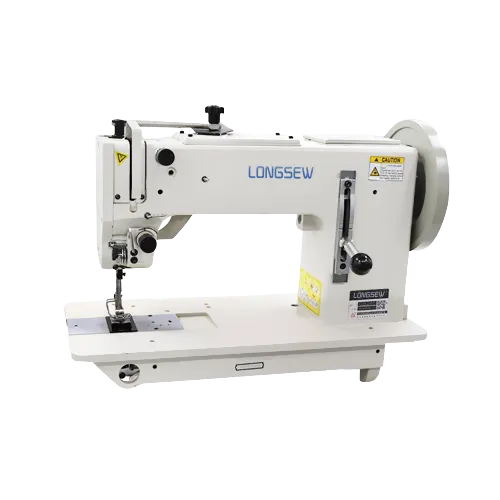Understanding the Components and Function of a Sewing Machine's Arm
The Arm of the Sewing Machine An Unsung Hero in Seamstress Craft
The sewing machine has revolutionized the way we create fabric-based items, from clothing to home décor. Among its various components, the arm of the sewing machine plays a pivotal yet often overlooked role in ensuring smooth and efficient operation. Understanding the function and significance of the sewing machine arm can enhance appreciation for this remarkable engineering feat.
The arm of a sewing machine is the elongated structure that extends from the main body of the machine. It houses essential components such as the needle mechanism, thread guides, and presser foot. Its primary purpose is to provide the necessary space and support for maneuvering fabric while stitching, allowing for the creation of intricate designs and patterns.
One of the key features of the arm is its ability to accommodate different types of sewing. Depending on the machine design, the arm may be set up as a flatbed or a free-arm. A flatbed sewing machine has a large, flat surface which is ideal for quilting and larger projects, while a free-arm machine features a removable extension that allows for easier handling of cylindrical objects like sleeves, cuffs, and hems. This versatility makes the sewing machine a valuable tool for both amateur and professional seamstresses.
arm of the sewing machine

In addition to its structural role, the arm also contributes to the precision and accuracy of stitching. The alignment of the needle and presser foot, both located on the arm, is crucial for maintaining consistent stitch quality. A well-engineered arm allows for fine adjustments, ensuring that the fabric feeds through smoothly and the stitches are even. This precision is particularly important when working with delicate fabrics or intricate patterns, where any deviation can ruin the final product.
Maintaining the arm of your sewing machine is essential for optimal performance. Over time, dust and lint can accumulate, leading to potential issues such as thread jams or uneven stitching. Regular cleaning and periodic inspections can help prolong the life of the machine and keep it running efficiently. Additionally, lubricating the moving parts within the arm can enhance the machine's functionality, reducing wear and tear.
Innovation in sewing machine design has led to various advancements in the arm’s functionality. Modern machines often incorporate features such as automatic thread cutters, built-in needle threaders, and adjustable presser foot pressure, all aimed at making sewing easier and more enjoyable. Such advancements have transformed the experience of sewing, empowering both hobbyists and professionals to push their creative boundaries.
In conclusion, while the arm of the sewing machine may not always be the focal point of discussion, it is undoubtedly a crucial element in the world of sewing. Its design and functionality significantly influence the overall efficiency and precision of the sewing process. By understanding and appreciating the role of the sewing machine arm, users can enhance their crafting experience, leading to better quality creations and a deeper love for the art of sewing. As technology continues to evolve, it will be fascinating to see how the arm of sewing machines adapts, further shaping the future of textile arts.
-
Boost Production Efficiency with a Pattern Sewing MachineNewsAug.29,2025
-
Industrial Excellence with the Best Heavy Duty Sewing MachineNewsAug.29,2025
-
Precision and Power with the Best Pattern Sewing MachineNewsAug.29,2025
-
Reliable Bulk Packaging Starts With the Right FIBC Sewing MachineNewsAug.29,2025
-
Advanced Packaging Solutions: Elevate Productivity with Jumbo Bag Sewing Machine and Industrial Stitching EquipmentNewsAug.29,2025
-
High-Performance Solutions for Bulk Packaging: FIBC Sewing Machine and MoreNewsAug.29,2025
-
Maximize Efficiency with an Industrial Cylinder Arm Sewing MachineNewsAug.28,2025


























